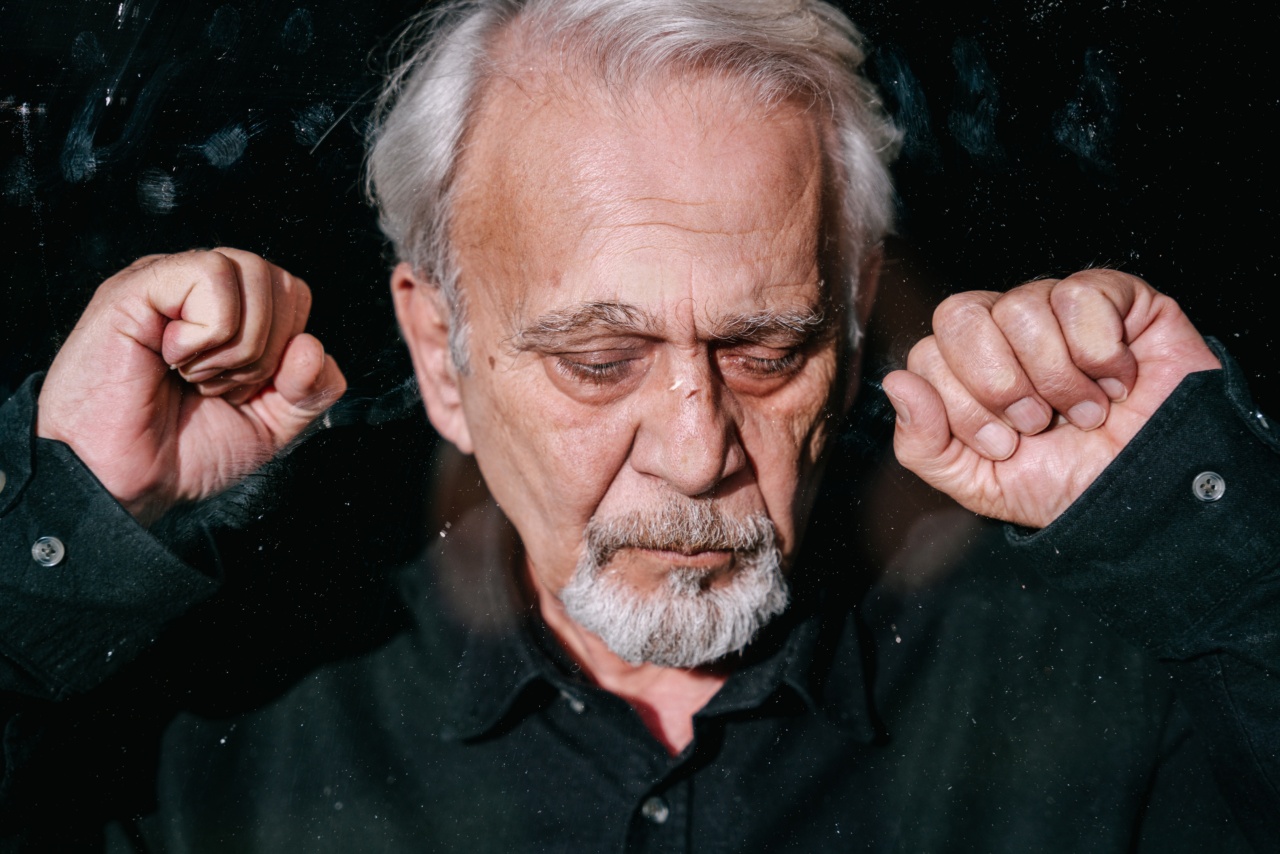Male hair loss, also known as male pattern baldness or androgenetic alopecia, is a common condition that affects a significant number of men worldwide. The causes of male hair loss can vary, ranging from genetics to underlying health conditions.
Fortunately, there are various treatments available to address this issue, tailored to the specific cause of hair loss. In this article, we will explore the different treatments for male hair loss based on the underlying cause.
1. Medical Interventions
When it comes to male hair loss, medical interventions are often the first line of defense. These treatments aim to address the hormonal imbalances or deficiencies that contribute to hair loss. Here are some commonly used medical interventions:.
1.1 Minoxidil
Minoxidil, commonly sold under the brand name Rogaine, is an over-the-counter medication approved by the FDA for the treatment of male pattern baldness. It is available as a topical solution or foam that needs to be applied to the scalp.
Minoxidil works by increasing the blood flow to the hair follicles, promoting hair growth and preventing further hair loss. Regular and long-term use is required to maintain the results.
1.2 Finasteride
Finasteride, sold under the brand name Propecia, is an oral medication that requires a prescription. It works by inhibiting the production of dihydrotestosterone (DHT), a hormone that is responsible for shrinking hair follicles.
By reducing DHT levels, finasteride can help slow down hair loss and stimulate regrowth. However, it is important to note that finasteride may cause side effects, and it is recommended to consult a healthcare professional before starting this treatment.
2. Surgical Interventions
In cases where medical interventions do not yield satisfactory results or when hair loss is significant, surgical interventions may be considered.
These procedures aim to restore hair by transferring hair follicles from one part of the body to the affected areas. Let’s explore two common surgical interventions for male hair loss:.
2.1 Hair Transplantation
Hair transplantation is a surgical procedure that involves removing hair follicles from the donor site, typically the back or sides of the head, and transplanting them to the bald or thinning areas.
The transplanted hair follicles are resistant to DHT, making them less likely to fall out. Hair transplantation can provide natural-looking results and permanent hair regrowth. The procedure may require multiple sessions depending on the extent of hair loss.
2.2 Scalp Reduction
Scalp reduction is a surgical procedure that aims to remove the bald scalp and stretch the hair-bearing scalp to cover the area. This technique involves cutting out the bald skin and pulling the hair-bearing scalp together for closure.
Scalp reduction is typically used for extensive baldness and may be combined with hair transplantation for optimal results. It is a more invasive procedure compared to hair transplantation and therefore requires careful consideration and consultation with a specialist.
3. Natural Interventions
For individuals who prefer a more natural approach to hair loss treatment or want to complement medical or surgical interventions, there are several natural interventions that may help improve hair growth.
While these methods may not work for everyone, they are generally safe and worth considering:.
3.1 Laser Therapy
Laser therapy involves the use of low-level laser devices or combs that emit red light to stimulate hair follicles and promote hair growth.
The laser light is absorbed by the cells in the hair follicles, which may increase their energy production and enhance blood circulation. This non-invasive treatment can be performed at home or in specialized clinics.
3.2 Platelet-Rich Plasma (PRP) Therapy
PRP therapy utilizes the platelets from your blood to stimulate hair growth. The procedure involves drawing a small amount of blood, separating the platelets, and injecting the platelet-rich plasma into the scalp.
Platelets contain growth factors that can potentially promote hair regrowth and improve hair thickness. PRP therapy is a relatively new procedure and may require multiple sessions for optimal results.
3.3 Essential Oils and Natural Supplements
Various essential oils, such as rosemary, peppermint, and lavender oil, have been associated with improved hair growth. These oils can be diluted and applied topically to the scalp to nourish the hair follicles and stimulate hair growth.
Additionally, certain natural supplements like saw palmetto, biotin, and fish oil have been suggested to support healthy hair growth. It is important to consult with a healthcare professional before incorporating any natural interventions into your hair loss treatment regimen.
Conclusion
Male hair loss can occur due to various causes, and the appropriate treatment depends on the underlying reason behind the hair loss.
Medical interventions like minoxidil and finasteride can help address hormonal imbalances, while surgical interventions like hair transplantation and scalp reduction can offer permanent hair restoration. Natural interventions, such as laser therapy, PRP therapy, and the use of essential oils, can also aid in promoting hair growth.
It is essential to consult with a healthcare professional or specialist to determine the most suitable treatment option for individual cases of male hair loss.





























